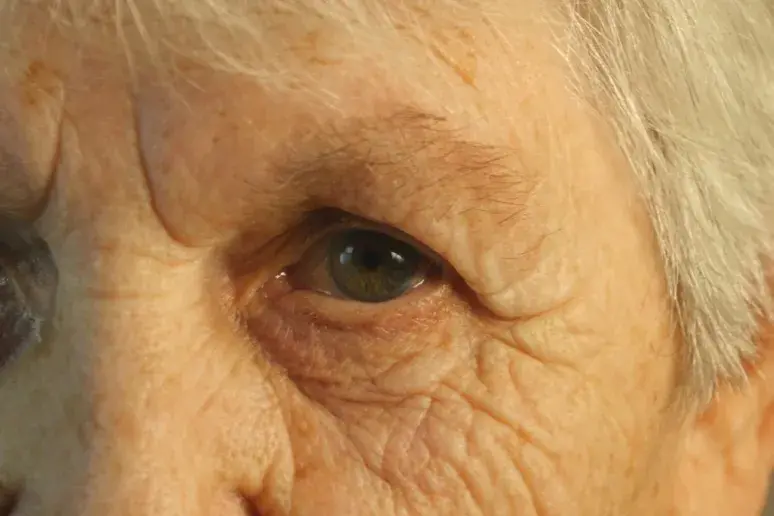
New test could help prevent vision loss after cataract surgery
Using a new approach to checking eye pressure following cataract surgery could help prevent vision loss, according to a new study.
This is according to researchers from the University of Missouri School of Medicine, who believe that by employing a tool currently used in a clinical setting, surgeons would be better able to protect patients' eyesight.
Currently, high eye pressure is one of the most common complications of cataract surgery. The standard procedure for checking eye pressure is to fill the eye with a saline solution, before tapping it to assess how it feels: too firm, too soft, or right.
According to Dr John Jarstad, associate professor of ophthalmology at the MU School of Medicine and lead researcher of the study, this test is not a good enough indicator of the actual level of pressure within the eye.
"This Goldilocks-style guesstimate often is inaccurate, and patients might actually have higher eye fluid pressure than the surgeon believes," he states, adding that a tonometer gives a more accurate picture.
Studying some 170 patients, the research team focused on individuals who had their eye pressure adjusted following cataract surgery. Their findings suggested that patients were between 2.5 and four times less likely to develop cystoid macular edema.
High eye pressure usually resolves itself in a matter of days; however, this is not always the case. Should it continue, it can cause symptoms such as pain and nausea and, crucially, can result in permanent damage to the eye.
Dr Jarstad commented that the role of a tonometer in protecting eye health makes it a worthy investment in a surgical setting.
Currently commonly used in a clinical setting for the same purpose (to determine eye pressure), a tonometer is an electronic monitoring device. It is primarily used a test for glaucoma, a condition that causes loss of vision due to abnormally high intraocular pressure.
Originally developed in the mid-19th century, tonometry actually predated this, with manual manipulation of the eye being used to assess pressure as early as the 17th century.
According to Dr Jarstad, cataract patients would benefit from tonometers being used in a surgical setting, explaining that there needs to be a "better, more accurate gauge" than the present system.
"I recommend eye surgeons adopt this practice for the good of their patients. There is no additional cost to patients, and if it saves just one patient from going blind, it would be well worth every doctor using it in his or her surgical practice," he stated.
Find your nearest Barchester care home
With over 200 care homes in the UK, there's always a Barchester care home near you.
